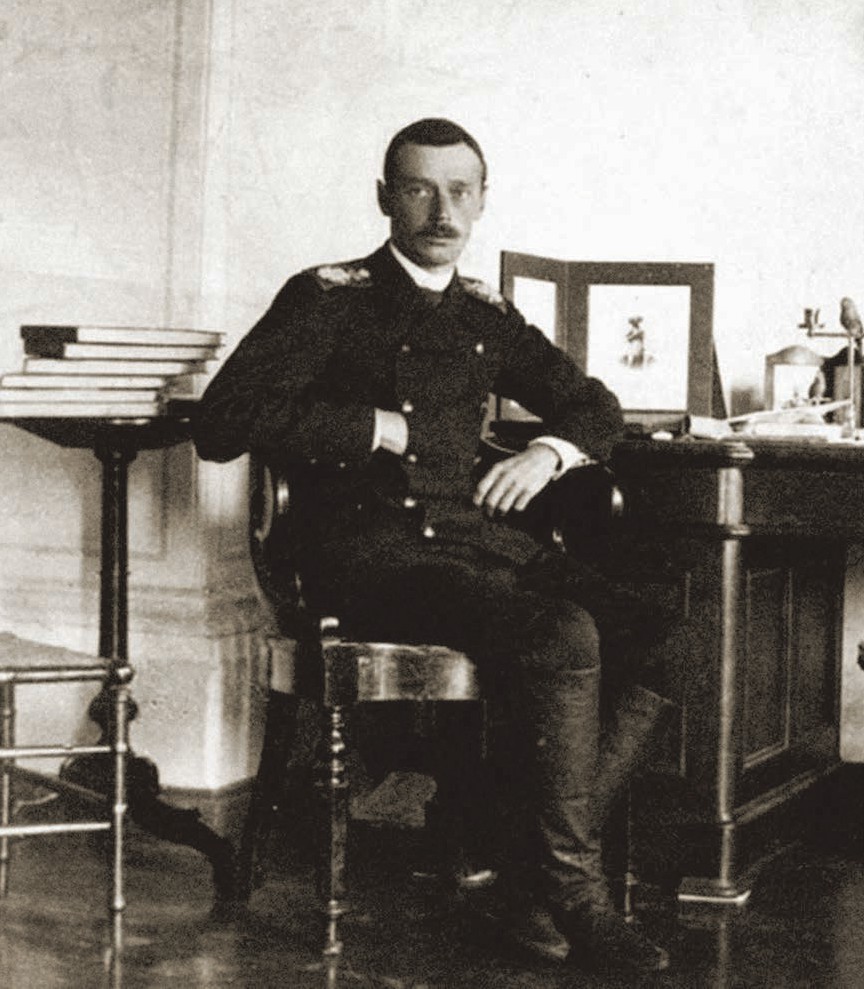Romanov George

Romanov George (1871-1899), Heir apparent to the throne of Russian Empire, the Grand Duke, son of Emperor Alexander III and younger brother of Nicholas II. Doctors advised Georgi Alexandrovich, who was ailing with tuberculosis, to undergo treatment in Abastumani, which by that time already enjoyed the fame of a health resort with healing properties. In 1892, when he realized that his son was destined to stay in Abastumani for a while, Alexander III purchased a plot of land and a cottage and the Grand Duke settled there. With his own recourses, Georgi Alexandrovich built in Abastumani a wooden summer palace with an elegantly decorated interior, furnished with mahogany furniture. Soon, on his request, they built for him a winter stone palace as well.
The Prince, who was fond of Abastumani and its surroundings, used to travel throughout the South Georgia. In the village of Zarzma he was charmed by the Church of Zarzma – the monument of old Georgian architecture - and decided to build its analog in Abastumani. Indeed, in 1898 a Church of St. Alexaner Nevsky was built in the center of Abstumani. It was designed by a wellknown architect O. Simonson, who lived and worked in Tbilisi. Nowadays the church in Abastumani, which is of a smaller size than its predecessor, is also called a Zarzma Church. The renowned artist of that time M. Nesterov was invited to paint the walls of the church.
In 1892, the Grand Duke, who had been keen on astronomy from his early childhood, invited an outstanding astronomer S. Glazenap. Since the astronomic climate of Abastumani proved to be favorable for stellar observations, Georgi Alexandrovich built a mountain astronomic tower with a smallsize telescope. The tower was the first of its kind throughout the entire Russian Empire. The tower was named the Georgе Tower; it was ceremonially inaugurated in 1892. On the basis of that astronomic tower, in 1932 a worldfamous Abastumani Astrophysical Observatory was built.
On June 28, 1899 when he was taking a ride on a tricycle in Abastumani, the Grand Duke died of hemorrhage. The Royal family believed that the hemorrhage was caused by the bumpy ride. On the spot, where the hear apparent fell, they built a chapel of Italian marble, which was demolished during the Soviet period.
G. Romanov was buried at The Peter and Paul Cathedral in Saint Petersburg.


